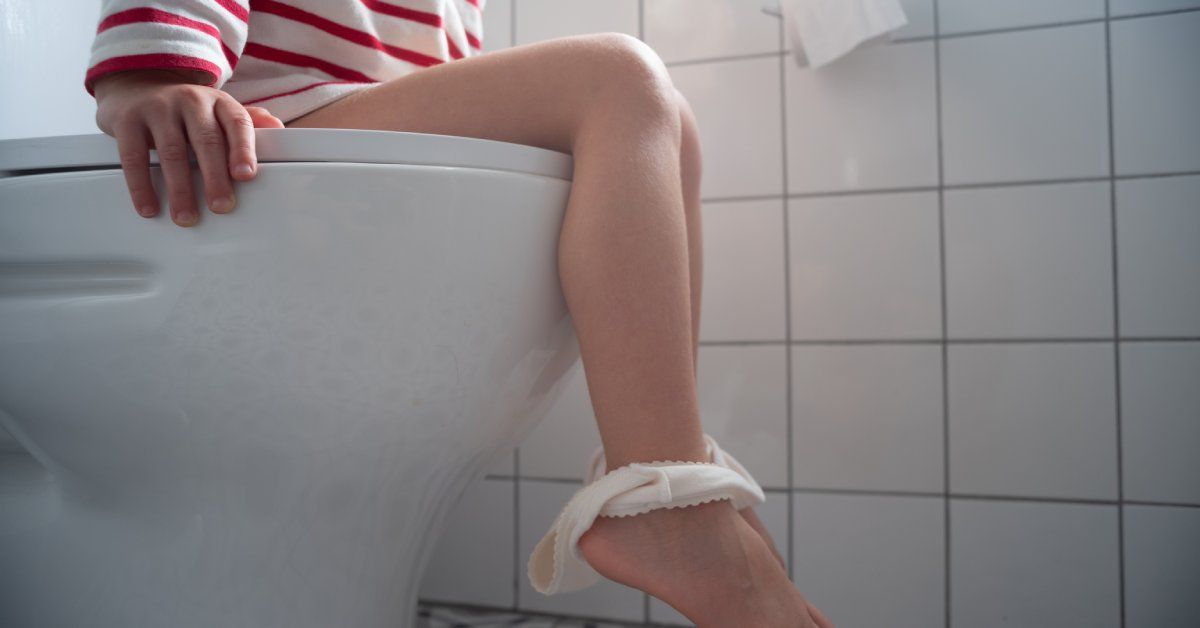How To Handle Bedwetting Regression in Children With Autism
Navigating developmental milestones with a child on the autism spectrum comes with unique joys and challenges. If your child, who was once fully toilet-trained, starts having accidents again, it can lead to frustration and worries for the whole family. Learning how to handle bedwetting regression in children with autism means approaching the experience with patience, empathy, and a clear, step-by-step plan. Support and understanding, not blame , should guide each decision.
Bedwetting, known as nocturnal enuresis, can return for a variety of reasons. In children with autism, triggers often include shifts in routine, sensory sensitivities, or medical issues. The most effective way to help your child is to look beyond the surface and try to identify what could be causing the behavior. Gentle, consistent support can help your child rebuild confidence and feel secure again.
What Causes Bedwetting Regression?
Bedwetting regression doesn’t usually happen at random. It tends to be a symptom of something deeper. The first step is to consider possible causes. Even small changes to daily life can seem overwhelming for a child on the spectrum. A new school year, a different babysitter, or changes in a family member’s schedule can all bring stress that sometimes shows up through bedwetting.
Medical factors also need careful attention. Conditions like urinary tract infections (UTIs), constipation, or sleep apnea can interfere with nighttime bladder control. Always check with a pediatrician first to make sure your child’s health is not a factor. This step gives you peace of mind and lets you move forward with practical solutions.
Why Rule Out Medical Problems First?
Before making any behavioral changes, schedule a visit with your child’s doctor. Your pediatrician can examine your child and run tests to rule out common causes like infections or constipation. UTIs can create frequent, urgent bathroom needs. Constipation may cause pressure on the bladder, making nighttime accidents more likely.
Sleep issues, such as sleep apnea, interrupt normal bladder signals. Your pediatrician will know how to check for this and can refer you to a sleep specialist if needed. Ruling out these issues first allows you to tackle the behavioral aspects with more clarity.
How Can Daily Routine Shifts Affect Bedwetting?
Children with autism often rely on their daily routines. Slight changes, which might seem minor to you, may cause significant disruptions for your child. If bedwetting returns, pause and reflect. Was there a new teacher at school? Did routines at home change? Was there a recent move or family event?
If you connect the regression to a routine change, your child may just need reassurance and a little extra support. Gentle reminders and patience will help your child adjust. Routine brings comfort and security, so try to keep bedtime rituals consistent during this time.
What Role Do Sensory Sensitivities Play?
Sensory experiences are often intense for children with autism. The feeling of a wet pull-up or full bladder might be overwhelming, or your child might not sense these signals clearly until it's too late. Interoception, or the ability to recognize internal body signals, can sometimes be difficult for children with autism.
Think about the sensory environment. Does the bathroom feel cold? Is the toilet flush loud or startling? Is the bedding scratchy or uncomfortable? Making the environment feel safer and less stressful can ease your child’s anxiety about nighttime bathroom trips.
What’s the Best Way To Respond To Bedwetting?
Your response matters. Stay calm and supportive, even if accidents happen often. Showing disappointment may lead your child to feel anxious or ashamed, which can make everything more complicated. Instead, keep your voice steady and let your child know that accidents happen and you’re there to help them through this stage.
Try to create a routine for cleaning up together. Let your child help with changing pajamas and sheets, but keep things positive rather than punitive. This teaches responsibility and teamwork without linking shame to accidents. Your encouragement helps your child learn that setbacks are normal and manageable.

Should You Revisit Toilet Training?
If your child regresses, consider whether they need a quick refresher on toilet training basics. You don’t have to start over entirely; just reinforce what they already know. Visual charts or simple routines illustrating bathroom steps can make the expectations clear.
Keep bathroom breaks at regular times, including one just before bed. When possible, limit drinks a couple of hours before sleep, but ensure your child gets enough fluids during the day. Gentle reminders and consistency help reinforce the routine without pressure.
How Can Visual Supports and Social Stories Help?
Visual tools can make routines predictable and less confusing for your child. Create a picture schedule for the nighttime routine, including a final trip to the bathroom. Social stories can be especially helpful. These are simple, step-by-step narratives that explain what bedwetting is, that it’s okay to have accidents, and what to do next.
Social stories reduce uncertainty and empower your child with a sense of understanding. By walking through each step, you give them language and structure to help respond calmly and confidently at night.
Is Positive Reinforcement Effective?
A reward system can go a long way in encouraging consistent bathroom habits, as long as it’s positive and stress-free. Focus on celebrating dry nights and good habits, not on punishing accidents.
Try using sticker charts or a small, meaningful reward when your child has a dry morning. Building self-esteem through positive reinforcement nurtures your child’s motivation and confidence.
When Should You Consider Bedwetting Alarms or Products?
For some children, a bedwetting alarm provides extra support. These alarms detect moisture and produce a gentle vibration or beep, helping your child wake up before a full accident occurs. The goal is to gradually train your child’s brain to respond to a full bladder at night.
Practical products like waterproof mattress covers or absorbent pads also help manage stress and cleanup. These items don’t solve the problem, but keep everyone comfortable while you identify and address the root cause.

Who Can Offer Extra Support?
You don’t have to handle everything alone. Occupational therapists specialize in sensory needs, and psychologists or counselors help with emotional hurdles. These professionals offer tailored strategies for your child and family, so you feel supported along the way.
If you want to strengthen your skills for managing behavioral challenges, parent training can be a valuable resource. This support helps parents address regressions and other concerns in a nurturing, informed manner while building better family connections.
How Do You Keep Moving Forward?
When thinking about how to handle bedwetting regression in children with autism, remember that the process takes time. Progress may come slowly, and you might face some setbacks. Patience is your best ally. Celebrate small steps—a dry night, a confident trip to the bathroom, or simply expressing a need. These moments matter.
Recognize your child’s efforts and remind them that you are on their team, every step of the way. With steady encouragement, empathy, and practical solutions, you’ll help your child overcome this phase and continue to thrive. Your support shapes their journey and reassures them they are never alone.
If you’re ready to support your child’s progress even further, consider exploring ABA training for parents in North Carolina. This specialized support can offer clear, actionable strategies and renewed confidence as you guide your family through every challenge and milestone ahead.






